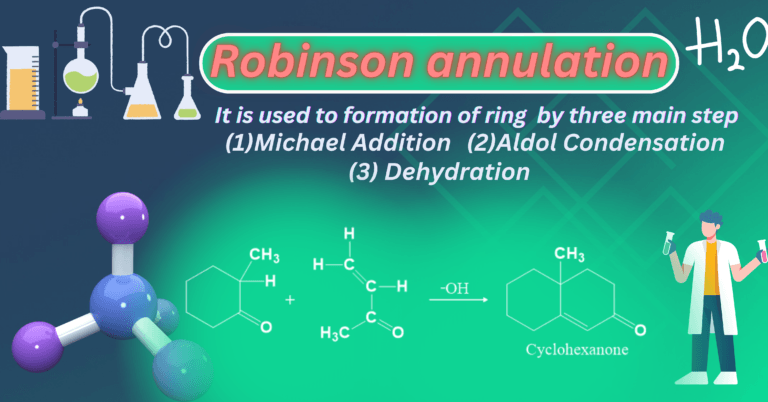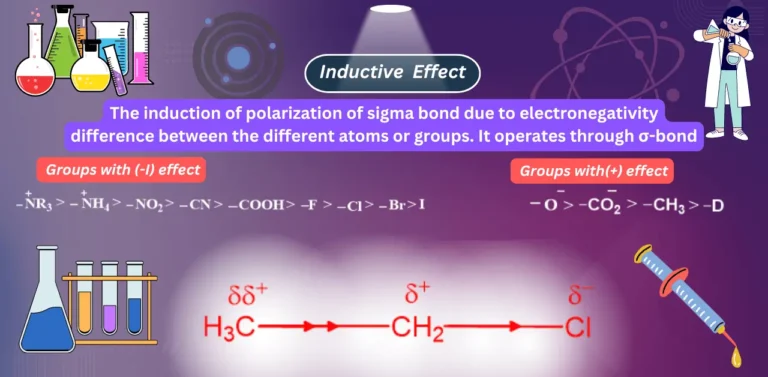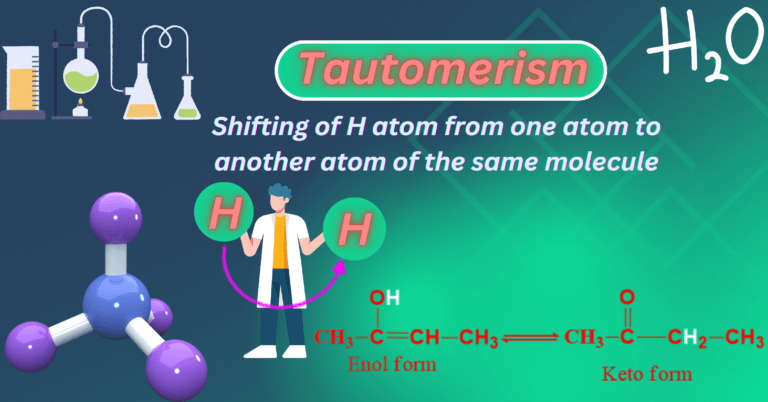The mole definition
Moles in chemistry: moles in chemistry is defined as the amount of a substance that contains precisely 6.02214076 x 1023 ‘elementary entities’ of the supplied substance. The Avogadro constant, or 6.02214076 x 1023, is commonly abbreviated as ‘NA‘. Atoms, molecules, monoatomic/polyatomic ions, and other particles (such as electrons) are examples of elementary things that can…


